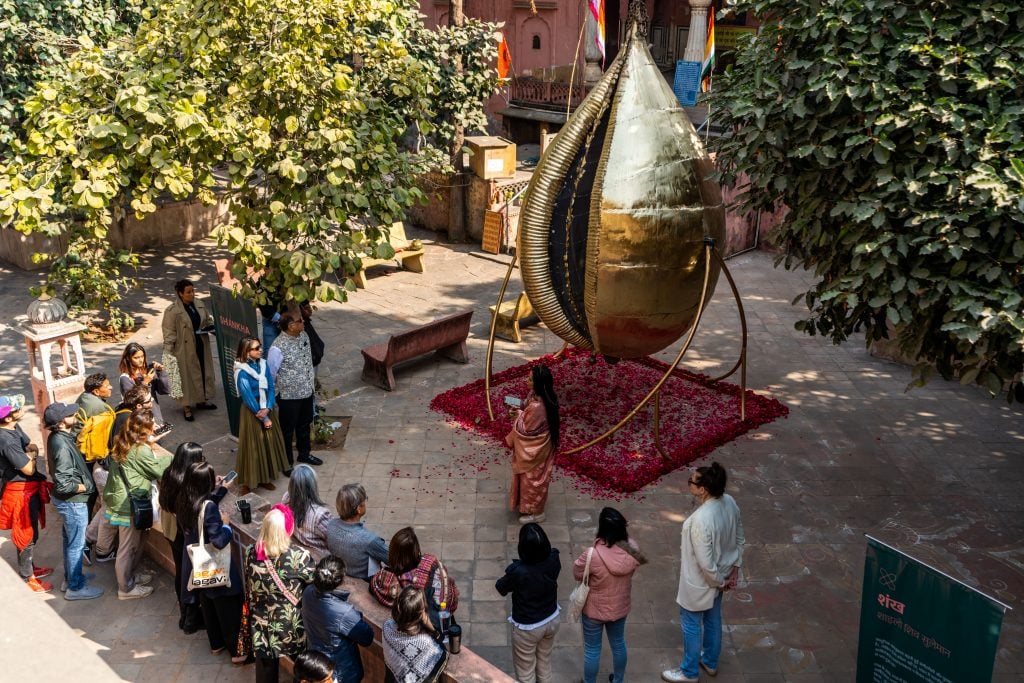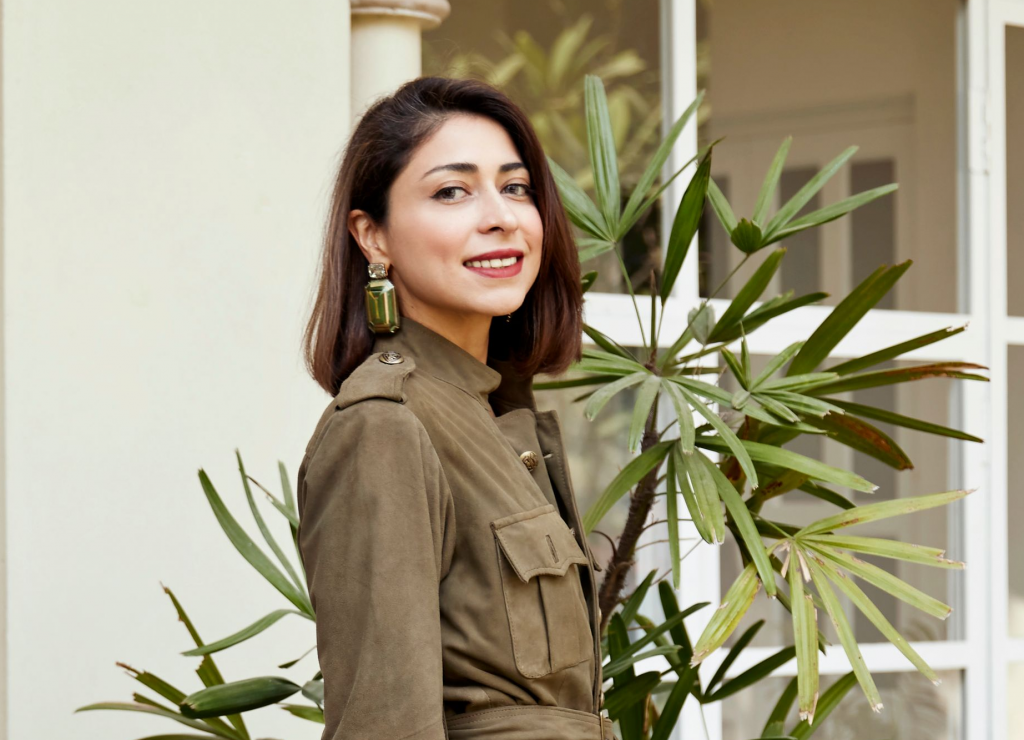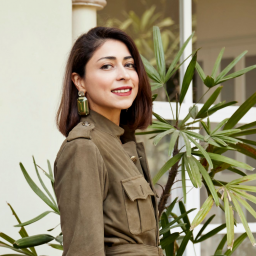The View From is excerpted from The Asia Pivot, Artnet Pro’s biweekly members-only newsletter providing mission-critical analysis, insights, and exclusive intelligence on developments in Asia’s art markets, with a focus on business opportunities and challenges. Subscribe here to receive it directly to your inbox.
Sana Rezwan is the executive director of Prestige Group, one of India’s leading real estate and property development companies. She is also the founder of the Art Lab Studio, an art marketing agency specializing in strategy and partnerships. She sat on the Advisory Arts Council of Harvard University’s South Asia Institute and the boards of the Art Production Fund and Healing Arts, and was a patron of the South Asian modern and contemporary department at the Metropolitan Museum of Art.
It has been my life’s mission to champion and showcase South Asian artists. You may have read previously in Artnet News about how I focused on collecting South Asian female artists while I was living in New York. Upon returning to India, where I grew up, after some 20 years, I haven’t seen much that has changed in the space of art. I feel that there’s so much that needs to be done to revitalize the ecosystem, from art education for children to collecting art from the region.
In 2022, I set up the Public Arts Trust of India (PATI), which hosts several initiatives, ranging from artist residencies and arts education to curating and professional exchanges.
We are based in the Indian state of Rajasthan, which is between Jaipur and Jodhpur, where we run our flagship initiatives. Earlier this year, we held the third edition of Jaipur Art Week, which is an incubator for emerging and overlooked artists who are recruited via an open call. The initiative offers a fresh perspective on Indian contemporary art today.
Another initiative we will be launching is Jodhpur Art Week. We will kick off with a special-projects edition, which runs from October 15 through 21, ahead of the inauguration in September 2025. It focuses on celebrating art, craft, jewelry, and design from the region and across the world.

Shilo Shiv Suleman’s SHANKAR exhibited in Hawa Mahal’s as part of Jaipur Art Week Edition 3.0 in January 2024. Image courtesy, Public Arts Trust of India.
We also have an arts education program for children in government schools. The idea is to create a space for people to think more creatively and to express themselves, which is especially lacking among our next generation.
Life in India and many other Asian countries is not like the European or American way of life, where you are responsible for your life and your decisions. Here, your parents are micromanaging every aspect of you, and the pressure that comes with it is insane. Initiatives democratizing art and culture and bringing families together through art, creating experiences for parents and children together, will help to make a difference.
I was a patron of institutions while I was in New York, such as the Arts Council of Harvard, the Met, and the Art Production Fund, and I observed that there is still so much room for the growth of visibility of South Asian art. There’s still a hesitation when it comes to collecting South Asian art. There’s a secret checklist that art advisors have when it comes to recommending art and what to buy, and somehow, art from South Asia is at the bottom of the list.
I can see that is changing slowly. I even pushed a bunch of collectors to make a trip to India. So last year, I organized a trip bringing about 15 collectors from the West to the India Art Fair. And now they have started collecting art from the Global South, and some of them have come back again to collect more. We need these sorts of interventions to happen to build the exposure. We also need more galleries from around the world to represent artists from this area, which will make an impactful change to build that visibility.
—As told to Vivienne Chow







